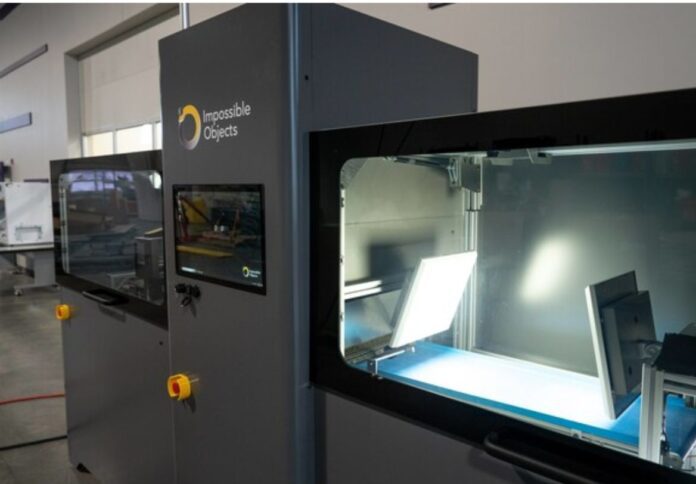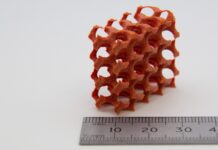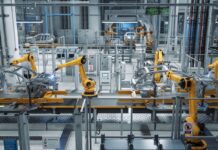
Weber State University is using 3D printing to advance its research on composite materials that support northern Utah’s aerospace and defence ecosystem.
The university’s Miller Advanced Research and Solutions (MARS) center recently upgraded and installed the Impossible Objects Composite-Based Additive Manufacturing system, or CBAM-2.
The machine creates composite materials that can be utilised to design pieces for various high-tech applications.
“Composite materials are of high interest to the military, and the ability to 3D print those parts on demand with CBAM gives us an advantage to participate in more projects and recruit the best talent,” said David Ferro, dean of WSU’s College of Engineering, Applied Science & Technology.
According to Ferro, Weber State has a long history with Impossible Objects and believes the new system, which represents a technological advance over the center’s prior CBAM printer, will be an important tool for aeronautical research among academic, defence and commercial partners.
“We’ve used this technology to print parts for legacy aircraft, aging jets that need replacement parts, or tools that aren’t in production anymore,” said Devin Young, grant writing and research specialist at WSU, who works at the MARS Center.
Young cited the strap that keeps first-aid packages safe inside aircraft currently flown by the U.S. Air Force as a recent example of 3D-printed components made by Impossible Objects.
Meanwhile, Impossible Objects CEO Steve Hoover claimed that the Carbon Fiber PEEK 3D printed material used in the CBAM method achieves excellent mechanical qualities and serves as an innovative replacement for aluminum prototypes, tooling, spare parts and repairs.
“We’re proud that they’ve selected CBAM technology, and have already engaged in several projects that have exciting potential for the Department of Defense, Department of Energy and other industrial partners,” Hoover said.



















